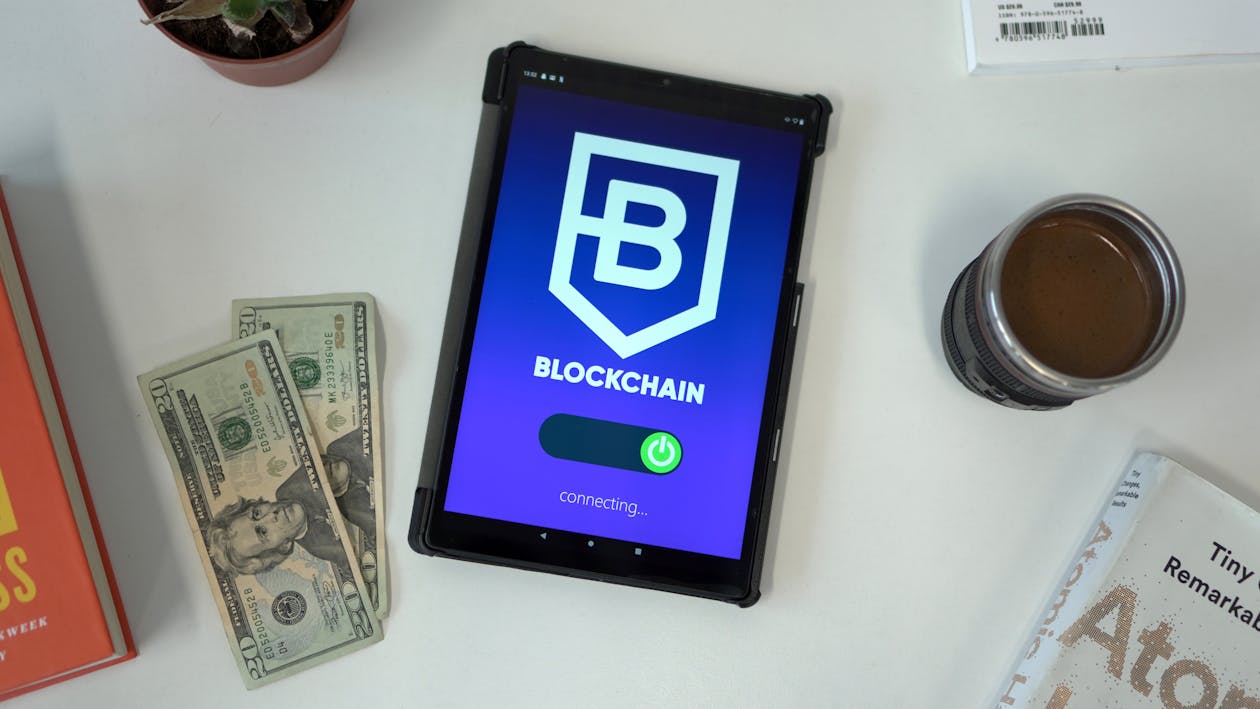Blockchain technology is one of the most talked-about innovations in recent years, but it’s often shrouded in mystery and jargon. If you’ve ever wondered what blockchain is and how it works, you’re in the right place! Let’s break it down in simple terms and help you understand this revolutionary technology and its potential impact on our world.
The Basics: What Is Blockchain?
At its core, a blockchain is a decentralized digital ledger that records transactions across a network of computers. Think of it as a massive, transparent spreadsheet that everyone can see and verify but no one can alter. Each entry, or „block,“ contains transaction data, and these blocks are linked together in a chronological „chain,“ hence the name blockchain.
Here are some key features that make blockchain unique:
- Decentralization: Unlike traditional databases managed by a central authority, a blockchain is maintained by a network of nodes (computers) spread across the globe. This decentralization ensures that no single entity has control over the entire network.
- Transparency: Every transaction recorded on a blockchain is visible to all participants. This transparency fosters trust and accountability.
- Security: Blockchain uses cryptographic techniques to secure data, making it extremely difficult for anyone to alter or tamper with the information once it’s been recorded.
How Does Blockchain Work?

To understand how blockchain works, let’s walk through a simple example:
- Transaction Initiation: Imagine you want to send money to a friend. You initiate a transaction, which includes details like the amount of money and the recipient’s address.
- Transaction Verification: This transaction is then broadcast to a network of nodes, which work together to verify its validity. They check factors like whether you have enough funds to make the payment.
- Block Creation: Once verified, the transaction is grouped with other transactions into a new block.
- Block Validation: The nodes must agree on the validity of the new block through a consensus mechanism. One common method is Proof of Work (PoW), where nodes solve complex mathematical puzzles to validate the block.
- Block Addition: Once validated, the new block is added to the existing chain of blocks, creating a permanent, unchangeable record.
- Transaction Completion: The transaction is complete, and your friend receives the money.
The History of Blockchain
Blockchain technology was introduced in 2008 by an individual or group of individuals known as Satoshi Nakamoto. It was initially developed as the underlying technology for Bitcoin, the first cryptocurrency. Bitcoin’s success demonstrated the potential of blockchain, sparking interest and innovation across various industries.
The Potential of Blockchain Beyond Cryptocurrency
While cryptocurrencies like Bitcoin and Ethereum brought blockchain into the mainstream, the technology’s potential goes far beyond digital currencies. Here are some real-world applications of blockchain that are transforming various industries:
1. Supply Chain Management:
Blockchain can provide an immutable record of every step in a product’s journey from the producer to the consumer. This transparency helps ensure product authenticity, reduce fraud, and enhance trust. For example, Walmart uses blockchain to track the origins of its produce, ensuring food safety and quality.
2. Healthcare:
In healthcare, blockchain can secure patient records, streamline data sharing, and improve the traceability of pharmaceuticals. Estonia’s e-Health system uses blockchain to manage patient health records, ensuring that every entry is accurate and tamper-proof, improving the overall quality of care.
3. Voting Systems:
Blockchain can enhance the integrity of voting systems by providing a secure and transparent way to record and count votes. Some regions have piloted blockchain-based voting to ensure fair and tamper-proof elections.
4. Real Estate:
Blockchain can simplify property transactions by providing a transparent and secure way to record ownership and transfer. Platforms like Propy are using blockchain to automate real estate transactions, reducing the need for intermediaries and speeding up the process.
5. Intellectual Property:
Creators can use blockchain to register and verify ownership of their intellectual property, ensuring their rights are protected. Platforms like Mycelia use blockchain to safeguard musicians‘ rights and ensure fair revenue distribution.
The Benefits of Blockchain

Blockchain technology offers numerous benefits that make it a game-changer for various industries:
- Transparency: Every transaction is recorded on a public ledger, ensuring accountability and reducing the risk of fraud.
- Security: The use of cryptographic techniques makes blockchain highly secure, protecting data from tampering and unauthorized access.
- Efficiency: Blockchain automates processes, reducing the need for intermediaries and cutting down on transaction times.
- Cost Savings: By eliminating intermediaries, blockchain reduces transaction costs, making it a cost-effective solution for many industries.
- Trust: The decentralized nature of blockchain ensures trust among participants, as no single entity controls the entire network.
Challenges and Considerations
Despite its potential, blockchain technology faces several challenges that need to be addressed for widespread adoption:
- Scalability: As blockchain networks grow, ensuring they can handle a large number of transactions efficiently is crucial.
- Regulation: The legal status of blockchain and cryptocurrencies varies by region, and regulatory frameworks are still evolving.
- Energy Consumption: Some consensus mechanisms, like Proof of Work, require significant computational power, raising concerns about energy consumption and environmental impact.
- Interoperability: Ensuring compatibility between different blockchain platforms and integrating them with existing systems is essential for broader adoption.
The Road Ahead
Blockchain technology is still in its early stages, but its potential to revolutionize various aspects of our lives is undeniable. As more industries recognize the benefits of blockchain and address its challenges, we can expect even more innovative applications to emerge.
Whether it’s ensuring the authenticity of our food, securing our medical records, or simplifying property transactions, blockchain is set to play a significant role in shaping the future. The journey has just begun, and the possibilities are endless. Here’s to a future where blockchain brings transparency, security, and efficiency to every corner of our lives.

